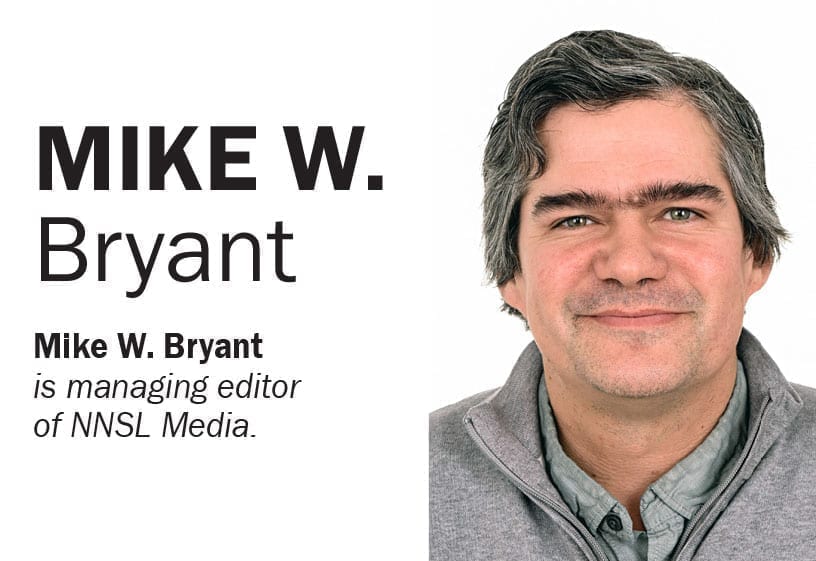Nine years ago my wife and I honeymooned in Costa Rica.
 Our travel agent accidentally booked our seats at opposite ends of the plane but one thing that did do us well was the chartered vehicle service that shuttled us from one end of the country to the other. We’d still be lost and wandering the barrios of outer San Jose without it, I’m sure.
Our travel agent accidentally booked our seats at opposite ends of the plane but one thing that did do us well was the chartered vehicle service that shuttled us from one end of the country to the other. We’d still be lost and wandering the barrios of outer San Jose without it, I’m sure.
On our fourth day in Costa Rica, on our way to a nature lodge up north, our driver took us through the Caribbean community of Puerto Limon, the seventh largest city in the country but one not generally known for its tourism.
“You don’t want to get out here!” Our driver chuckled as we stopped at an intersection lined with shanties and windows shuttered behind blackened steel bars.
In front of what appeared to be the local watering hole, a pair of tough-looking women momentarily appraised the gringos staring at them from the comfort and protection of an air-conditioned van. They leaned against a motorcycle as raucous calypso music blared behind them.
It’s the only thing I recall about this historic, coastal port town. Our driver wasted no time speeding us out of there toward our intended destination, a jungle resort – among more tourists.
I later learned from friends who’ve been there that Puerto Limon is actually an alright place to visit for the adventuresome traveller, full of friendly people and interesting things to see and do.
You wouldn’t want to walk around with a billfold sticking out of your shorts but where would you do that anyway?
Passing through this city cocooned in the bubble of our tour van is what I think of when considering Yellowknife’s relationship with its homeless population, especially as it concerns the police.
The RCMP reported to city council last week that officers had conducted 74 downtown foot patrols during the month of September, including 19 patrols outside the sobering centre. Unsurprisingly, some councillors were a bit skeptical.
Coun. Niels Konge told RCMP commander Insp. Alex Laporte that residents he spoke with while out campaigning to be MLA thought the numbers didn’t add up.
Personally, I don’t doubt they’re doing patrols but I do doubt their visibility.
I’ve worked across the street from what is now the sobering centre for more than 20 years and I can’t recall for the life of me ever seeing police officers strolling by on foot, at least not during daylight hours. In patrol trucks, for sure. But on foot? I never see them.
I do see the yellow-jacketed shelter workers that began patrolling the area after complaints reached a boiling point last spring, often several times a day. I have no doubt their presence – just by walking around checking in on people – has become a critical component of the shelter’s harm-reduction mission. Their very presence on the street helps keep the peace and people there know it.
Typically, only when there is trouble come the police. Then they’re outside their vehicles, doing a very difficult job.
How much easier would their jobs be if they were more visible, walking among and engaging people they so often arrive in a hurry, lights flashing, to arrest? How much less distrust would there be if police spent time outside the shelter talking to clientele instead of only showing up when there is trouble?
I’m certain most police officers just want to help. But it’s an awfully tough assignment when the world is speeding by.